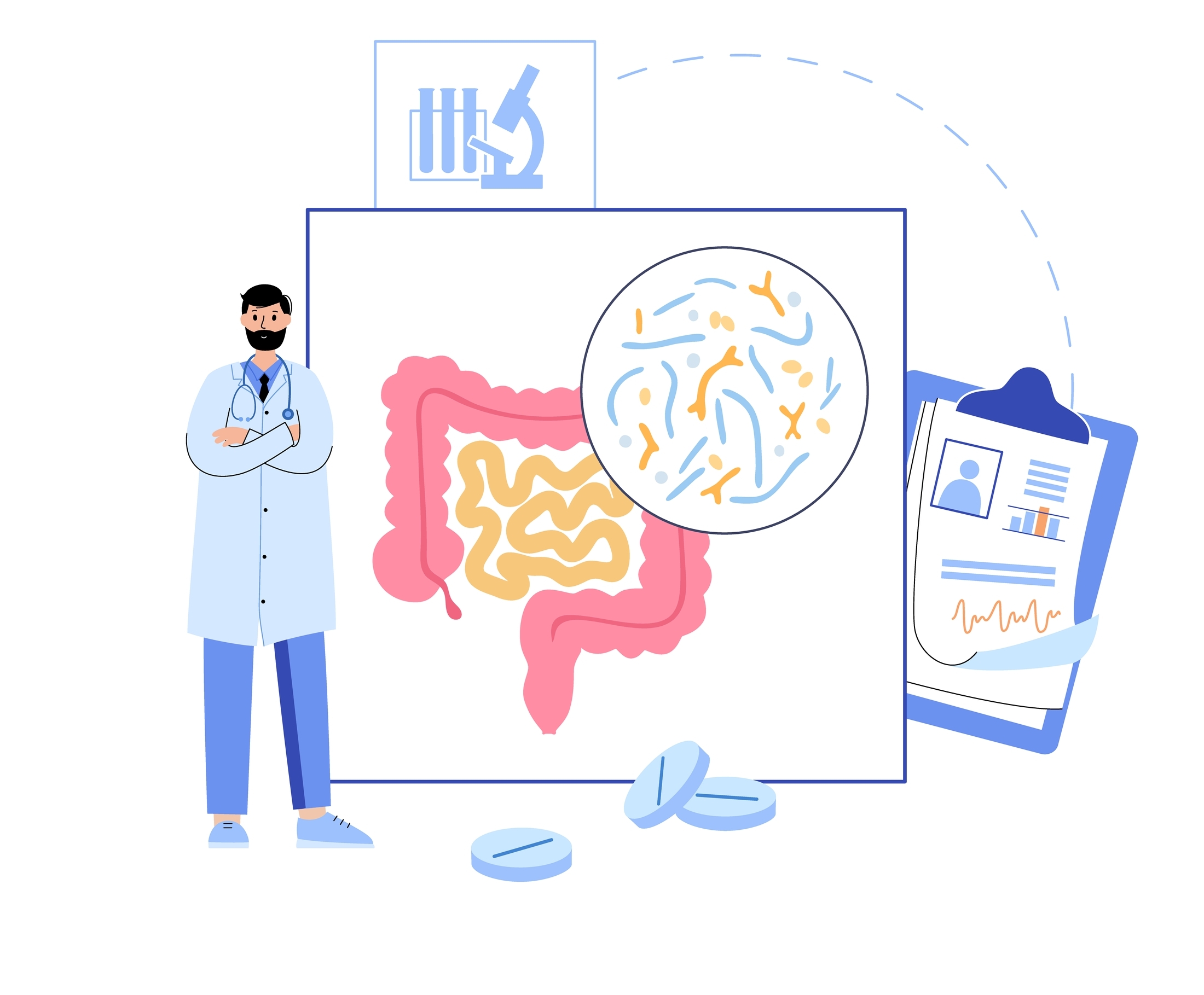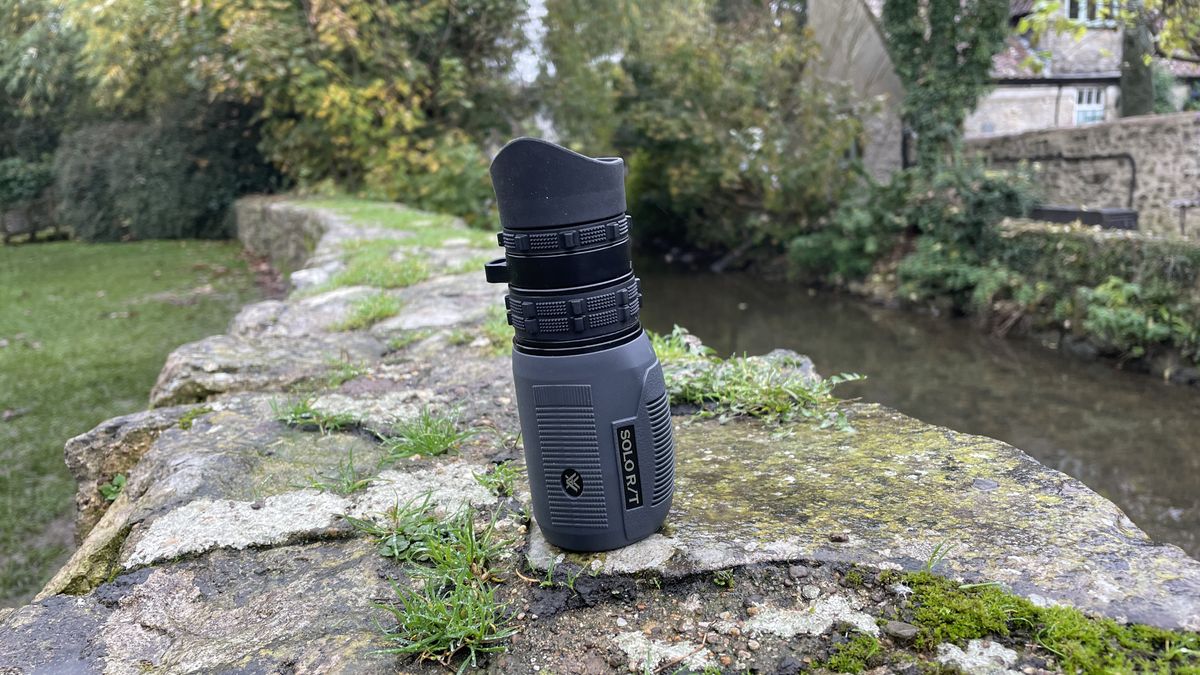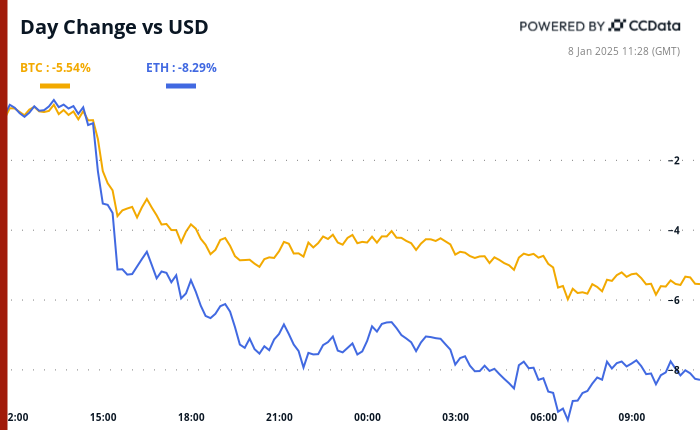
Better understanding of the pathways between the gut and the brain could lead to more effective treatments for both mood and gastrointestinal (GI) disorders.
Researchers experimented in mice to better map those pathways, including a nerve that serves as a highway for serotonin — a chemical that plays a key role in depression and anxiety. The experiments indicated that aiming medication for depression and anxiety toward the gut may prove more effective than the current approach of targeting the brain, according to a report in Gastroenterology.
“Right now those drugs are developed to go to the brain,” says Mark Ansorge, a Columbia University neuroscientist and co-author of the study. “It was always thought that, because brain controls the behavior, that’s where they act.”
Read More: It Doesn’t Take Long to Reset Your Gut Health With Small Lifestyle Changes
Learning About the Gut and Depression
However, the gut, like the brain, also produces serotonin, a chemical that regulates mood. Medicines categorized as selective serotonin reuptake inhibitors (SSRIs) work by blocking that neurotransmitter from being absorbed by the body, allowing it to build up instead.
Their experiments also showed the potential importance of the vagus nerve in treating mood disorders. Kara Margolis, a New York University molecular biologist and coauthor of the study, calls “a major highway between the gut and the brain.” While that route has been previously established, this study shows that serotonin travels this highway.
The study may also help explain why many people with mood disorders also have GI issues. “The gut and the brain communicate in both directions,” Margolis says. “They impact each other.
Gut Check Time
Although scientists don’t understand the root causes of both GI disorders like irritable bowel disorder and mood disorders like anxiety and depression, more research has been connecting the two. That may prove true for treatment as well.
“Resolving one may resolve another,” Margolis says.
The study has potentially profound implications for depression and anxiety medicine. Tweaking existing drugs to seek the gut rather than the brain could make them more effective, help treat illnesses like irritable bowel syndrome, and perhaps make SSRIs safer for pregnant women.
Altering how existing medicine is delivered to different parts of the body is generally faster and cheaper than developing and testing a completely new compound. And, somewhat ironically, it may take more creative chemistry for the existing brain targeting approach than a new one aimed at the gut, says Ansorge.
Read More: Gut Biome Diversity Might Shape Personality, Energy Levels
Mimicking Mood Disorders in Mice
The researchers used genetic tools in mice to mimic various cellular scenarios linked to depression and anxiety. For example, they used one kind of mouse that was engineered to not have the mechanism that transports SSRIs out of its gut cells. Those kinds of mice exhibited less signs of depression and anxiety.
Scientists have long measured those mental health traits in mice with simple behavioral tests. Typical mice are cautious, sticking to the edges of a room or near the walls of a box. In one test, the mice engineered to keep more serotonin in their guts acted more bravely by venturing to the center of the box both easier and more often.
Although the researchers emphasize that this is early experimental work in mice, not late clinical trials in humans, they anticipate it advancing medicine for both mood and GI disorders.
“We don’t know what the common features are that underlie all these disorders of gut-brain interaction and also how they contribute to mood,” says Margolis. “Our hope is that by defining mechanisms that contribute to both, we can actually treat both simultaneously.”
Article Sources
Our writers at Discovermagazine.com use peer-reviewed studies and high-quality sources for our articles, and our editors review for scientific accuracy and editorial standards. Review the sources used below for this article:
Before joining Discover Magazine, Paul Smaglik spent over 20 years as a science journalist, specializing in U.S. life science policy and global scientific career issues. He began his career in newspapers, but switched to scientific magazines. His work has appeared in publications including Science News, Science, Nature, and Scientific American.









Leave a Comment